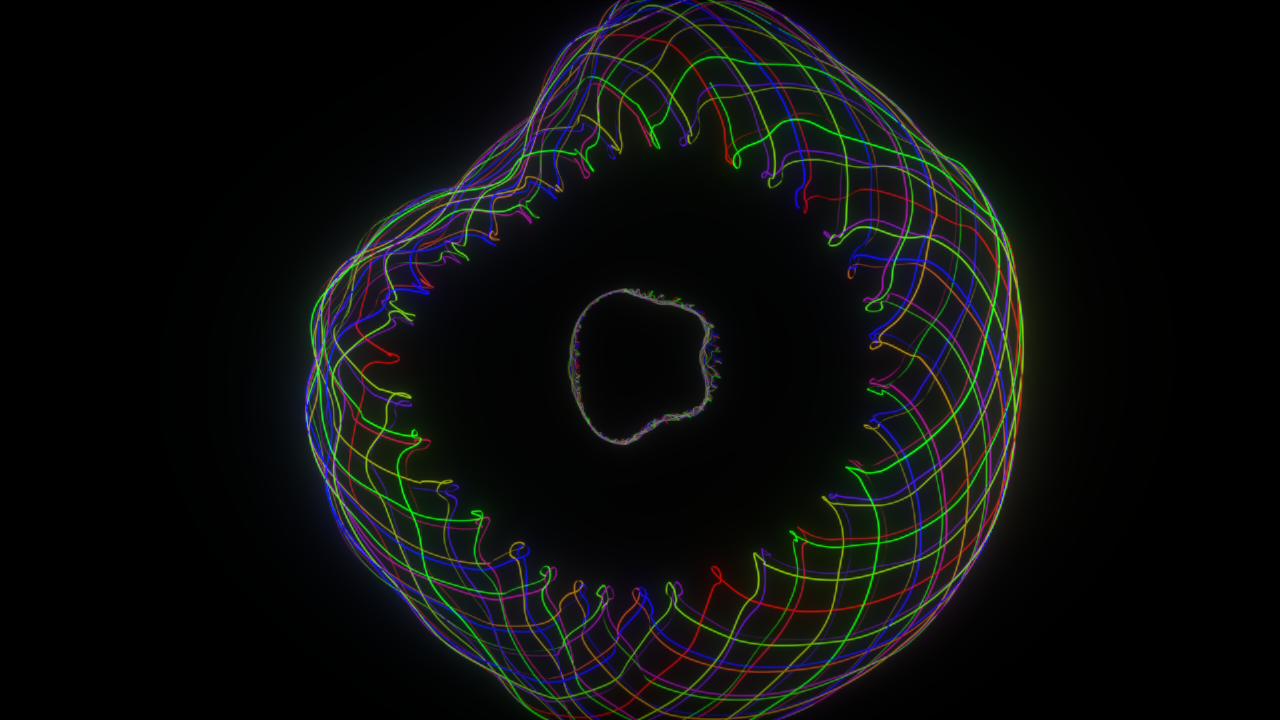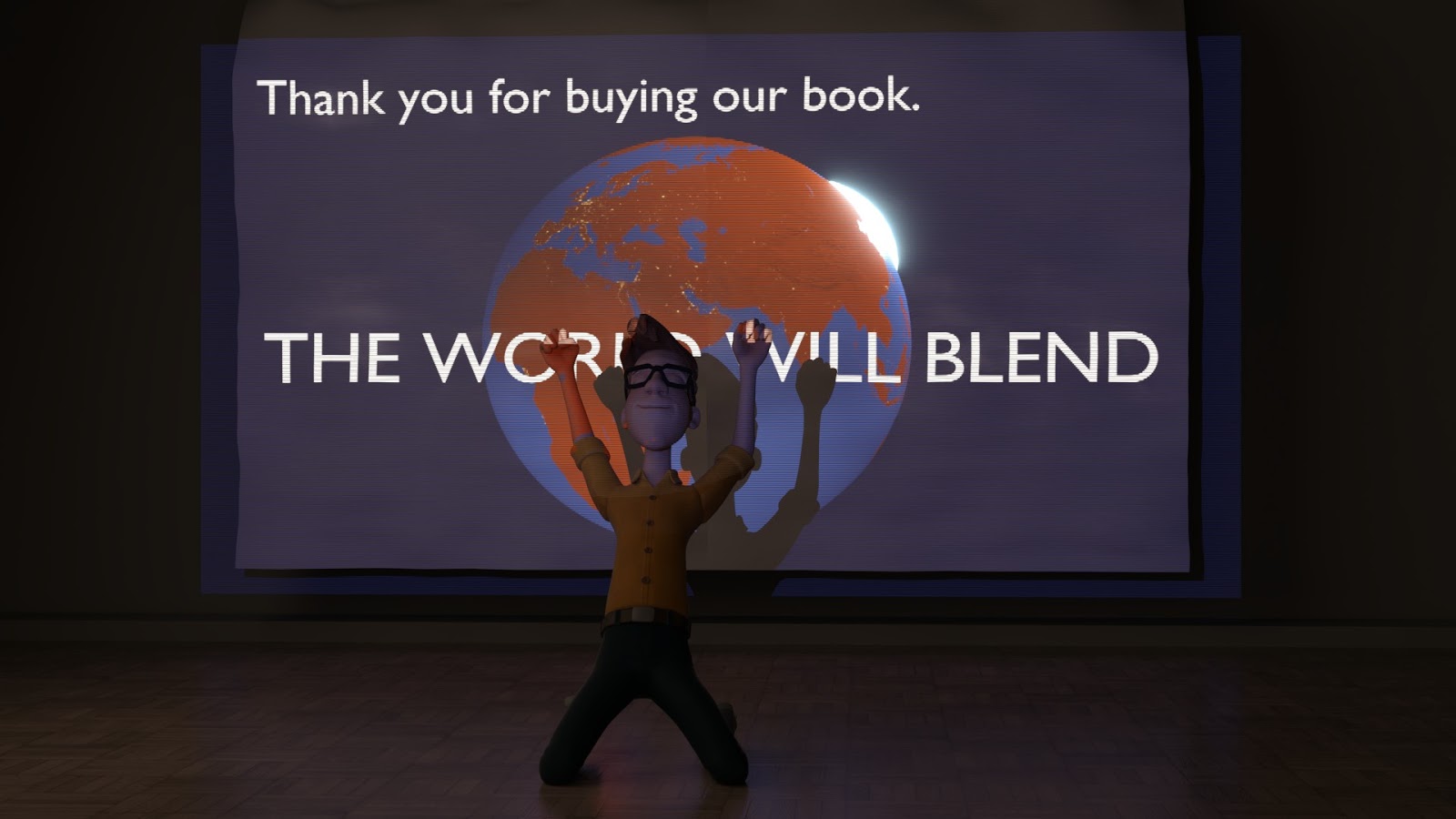Finally it is time to take the epitrochoid into the third dimension in the third installment of the math is fun with animation nodes series.


I'm just going to claim: "If you work with cycles on a fairly regular basis, you need The Cycles Encyclopedia." And here is why:

Hurray, the long-awaited update for The Cycles Encyclopedia is finally out. As promised it is free for every user who has already purchased the book. All updates refer to the official Blender 2.79b release. Here is what we added: